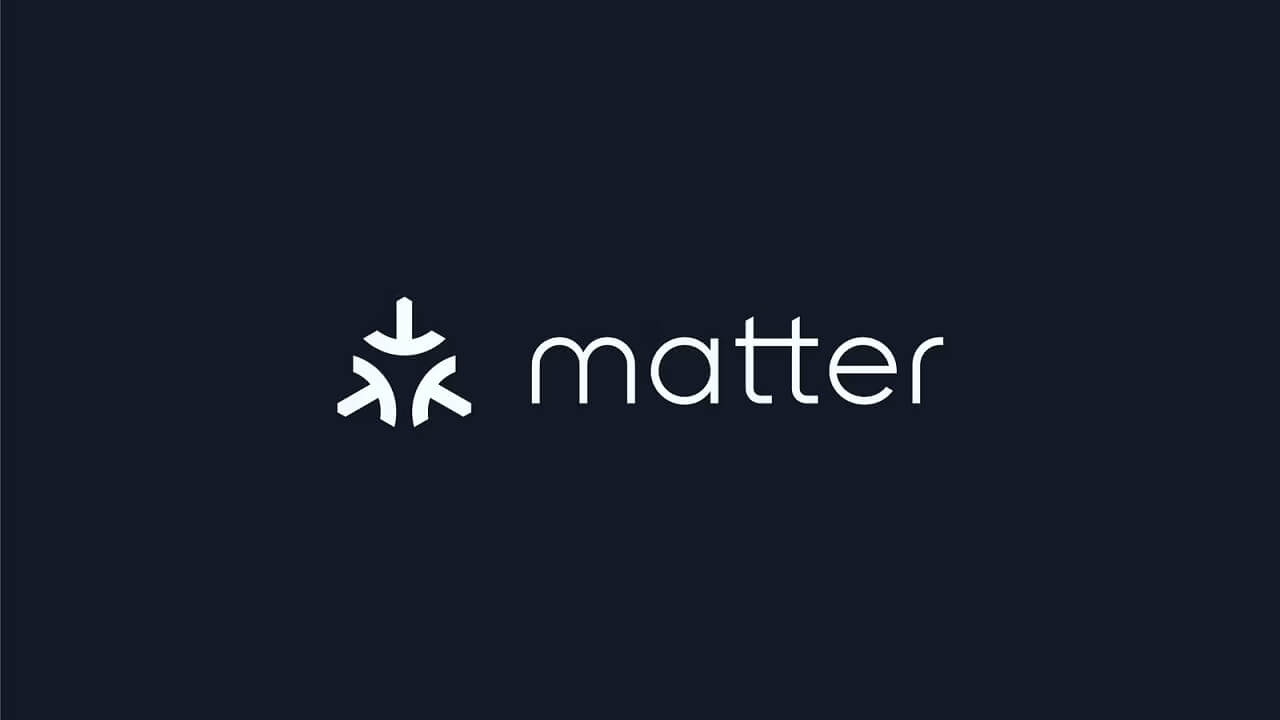Smart home products have developed rapidly in the last few years. Not only do they use technology to make life at home easier, many of them talk to each other to perform automated tasks without you having to press buttons.
This is thanks to the constant evolution of wireless protocols to make the magic happen in the background. For example, there’s been a lot of talk about Matter, a unified standard that allows products from different manufacturers to all sing at the same time. There’s also Thread, another piece of tech wizardry you should know about. This is exactly our topic.
Here’s our handy guide to Thread and how it’s vital to the future of the smart home.
What is Thread?
Thread is a low-power wireless radio protocol for smart homes that allows devices to “talk” to each other.
As a result, it has some similarities with Zigbee and Z-Wave, but it actually works differently. Thread effectively works like a spider web, turning every compatible device in your home into an access point.
This means that instead of each device communicating with a hub-like access point (like your router or smart hub), they can feed off each other – sharing and redistributing communication. Each Thread-enabled device will actually be able to act as a mini hub, thus Philips Hue Bridge or fourth generation Amazon Echo It will eliminate the need for third-party hubs such as
How does Thread affect your smart home?
Compared to other wireless protocols, Thread provides a number of potential benefits.
It can bring faster response times, improved reliability and better security to your smart home. While doing all this, it consumes less power.
Also, since there is no central hub connected to a router, connectivity between devices allows you to continue controlling them even if one of them is unresponsive.
Therefore, when creating routines, we often Google Assistant or Alexa Your typical smart home controller powered by no longer has all the power. For example, your smart doorbell can still remain active through a direct connection to your smart lights.
It also operates on a low-latency bandwidth. This means it offers high-speed transfer similar to Z-Wave and Zigbee, but with one crucial difference – Apple supports it.
Thread, efficient IEEE 802.15.4 MAC/PHY protocol, which means enabled devices consume less energy. This is beneficial to battery-powered devices, such as some doorbells, because they need to be able to run on the internal battery for long periods of time. (This means you’ll charge these products less frequently).
Thread is also a very secure system. Thread Group states that thanks to AES encryption, it can close the vulnerabilities that exist in other protocols.
Zigbee and Z-Wave also use this, but Thread has the advantage of supporting it with banking-standard cryptography. Devices on the network form secure individual connections with each other, which Thread Group claims is more difficult to hack.
How many devices can Thread support?
Thread Group notes that a network can support more than 250 devices with multiple hops, which is plenty even if you have a well-developed smart home. (How many smart devices can there be in a home?)
Who is behind Thread?
Thread Group is a non-profit organization rather than a commercial enterprise. on the board Google, Apple And Qualcomm There are executives from the biggest names in technology such as.
Rather than making profits or acting as a standards body, Thread Group is interested in educating the public and advancing the smart home. Companies like LG, Signify, Samsung, Bosch and Yale are also involved, as more than just the big three names driving the smart home (Amazon, Google and Apple) need to collaborate.
Naturally, Thread also performs certification on compatible products.
Which smart home devices support Thread?
More and more devices with Thread feature are being released every day. The most striking examples are probably Apple HomePod Mini And Google Nest Hub Max Although Nanoleaf includes Thread in all its new products, Eve Energy and Eve Aqua also have support.
Interestingly, as we saw with Eve, any device that supports the IEEE 802.15.4 protocol can become Thread-ready (Thready?) with a software update.
Below are some of the most well-known devices that currently support Thread. However, you can view the updated list of all devices from here You can also check.
- Apple HomePod Mini
- Eve Energy smart socket
- Eve Window and Door sensors
- Eve Aqua
- Google Nest WiFi
- Google Nest Hub Max
- Nanoleaf Essentials A19 smart bulb
- Nanoleaf Essentials Smart Light Strip
How does Thread work with Matter?
As we mentioned before, Matter is a new wireless standard designed to unify smart home devices under a single certification to make things easier for both developers and consumers.

We’ve detailed some of the finer points in our complete guide to Matter, but Thread plays a crucial role in its future, as it will only use Thread radios and Wi-Fi to connect devices.
Since Thread represents a step up from the mesh networking capabilities of older standards, it makes sense for Matter to prioritize it in the new, converged smart home world – at least on paper.
In reality, this partnership will likely lead to some smart home devices being left behind, perhaps underlining the importance of a Thread signal in existing smart home devices.
Finally, Apple introduced the iPhone 15 series smartphone models at an event held last Tuesday. What is interesting is that all newly introduced iPhone 15 series models have Thread support.
